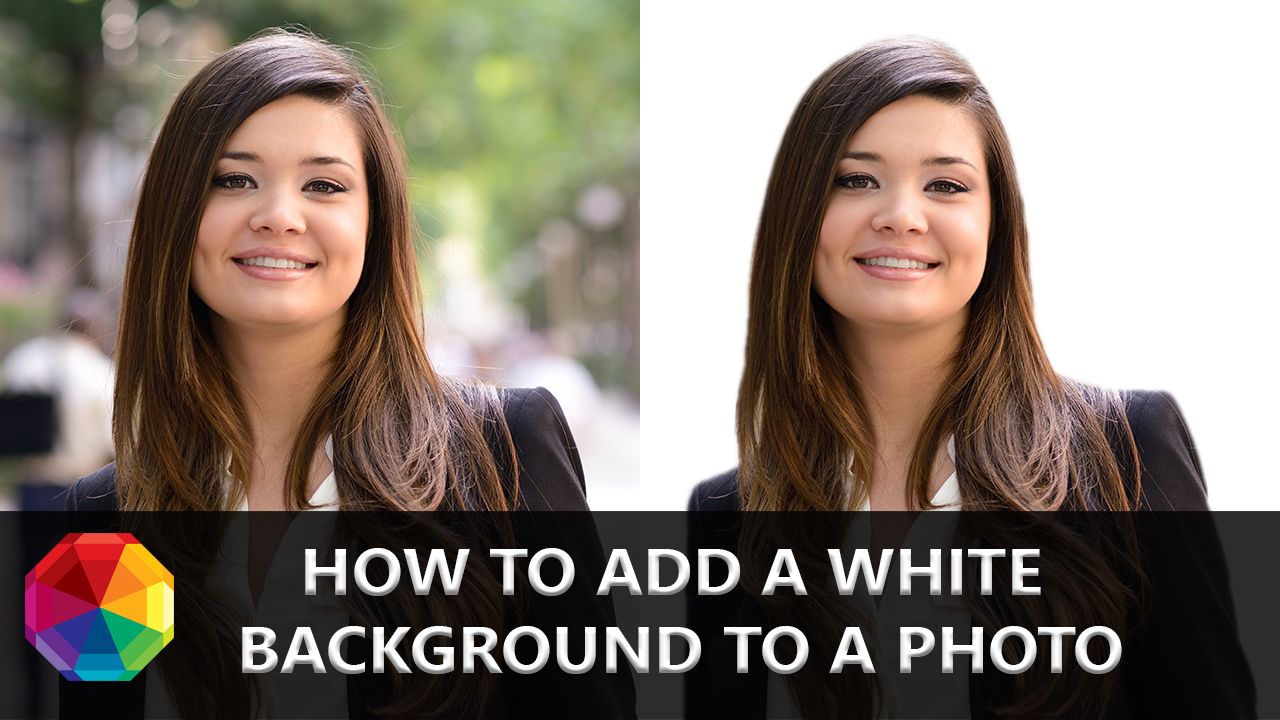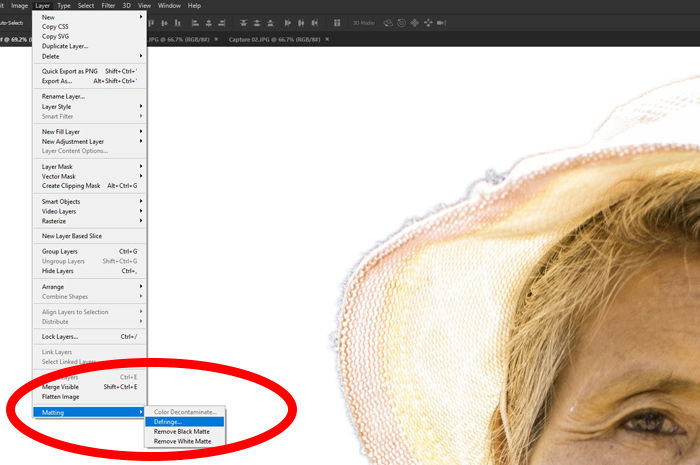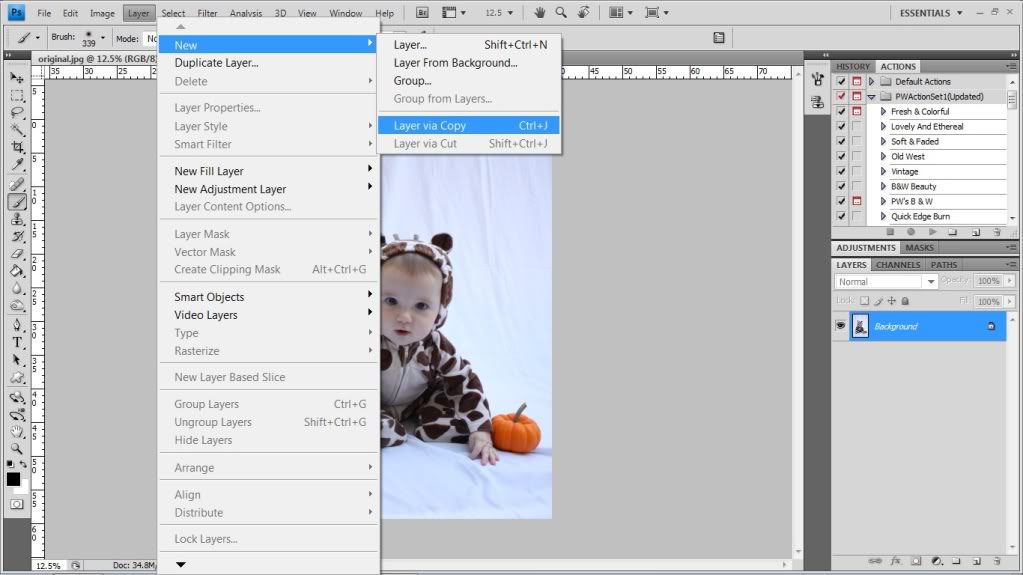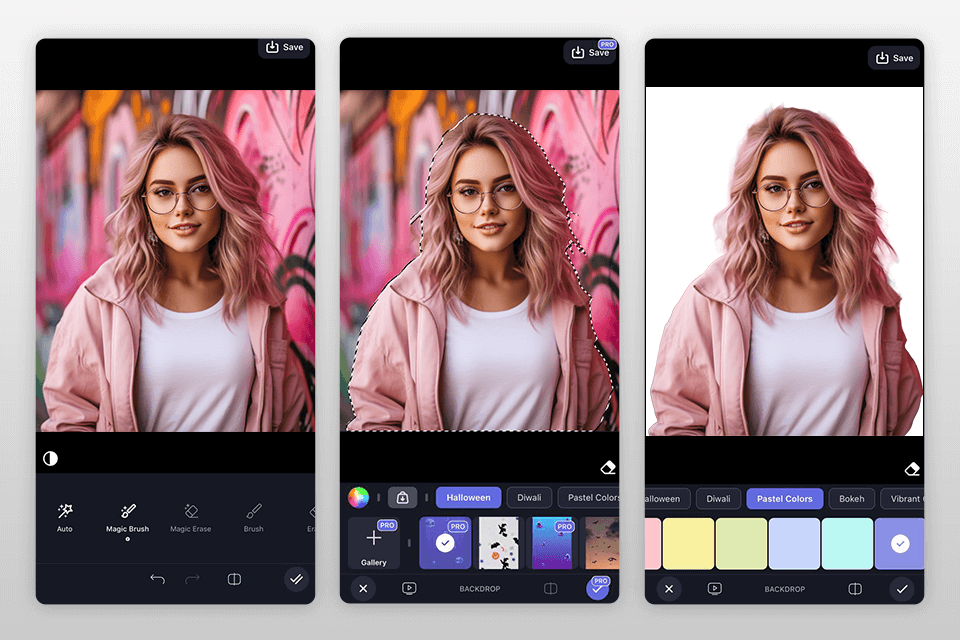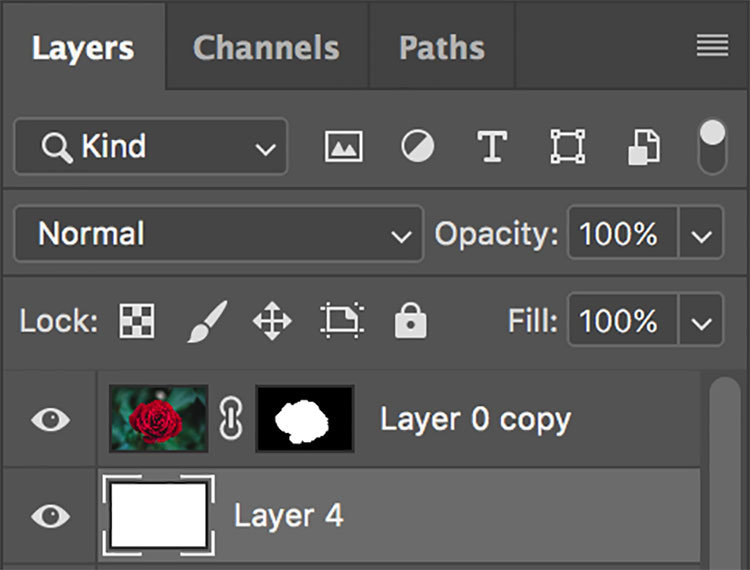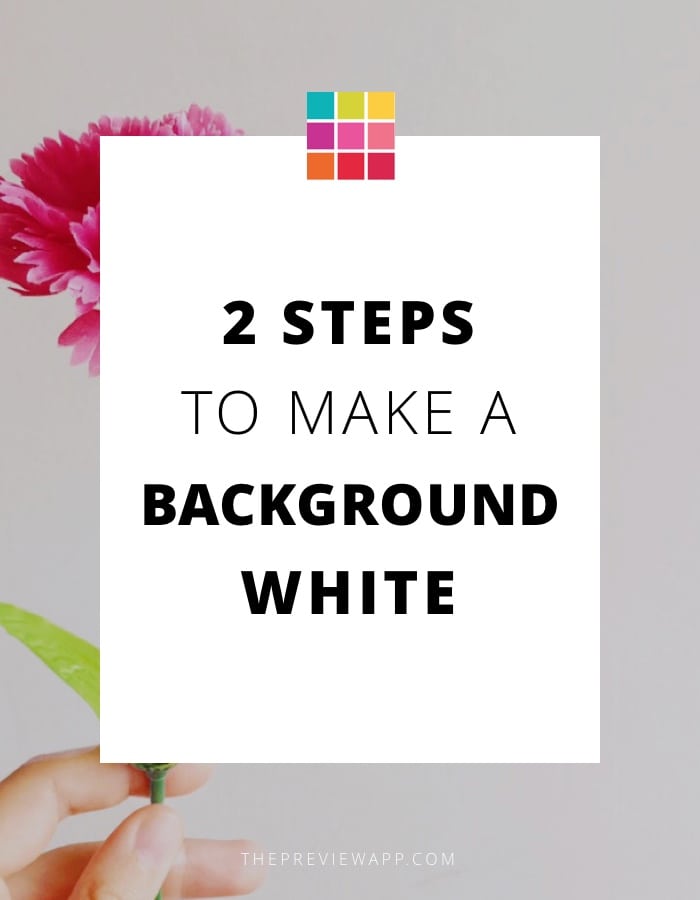How To Make Background White On Picture

The crisp, clean look of a white background in product photos and portraits has become a hallmark of professional imagery, particularly for e-commerce and online marketing. Achieving this effect, however, can seem daunting. A clear understanding of the tools and techniques can simplify the process for both amateur and professional photographers.
This article will break down several methods for creating a white background in images, encompassing both in-camera techniques and post-processing strategies. We will explore free and paid software options, addressing the varying needs and skill levels of users. The key to a successful white background lies in a combination of proper lighting, strategic shooting, and effective editing.
In-Camera Techniques
The foundation of a perfect white background often starts during the image capture. One of the most effective techniques involves using a light box, a translucent box with internal lighting. This ensures even illumination of the subject and the background, making it easier to achieve a pure white.
Alternatively, a white backdrop, such as a seamless paper roll or a white wall, can be used. Pay attention to the *lighting* setup, using multiple light sources to eliminate shadows. Overexposure is crucial; intentionally overexposing the background by one to two stops can help achieve a true white in the final image.
Lighting Considerations
Proper lighting is paramount when photographing against a white background. Diffused light sources, such as softboxes or umbrellas, create even illumination and minimize harsh shadows. Position the lights to bounce off the background, further contributing to its brightness.
Avoid direct sunlight, as it can lead to uneven lighting and difficult-to-manage shadows. Experiment with different lighting angles and intensities to find the optimal setup. Polarizing filters can also reduce glare and reflections, improving the overall quality of the image.
Post-Processing Methods
Even with excellent in-camera techniques, post-processing is often necessary to refine the white background and correct any imperfections. Several software options cater to different budgets and skill levels. Adobe Photoshop remains a industry standard, but free alternatives like GIMP offer powerful editing capabilities.
One popular method involves using selection tools to isolate the subject from the background. Once the subject is selected, the background can be filled with white using the paint bucket tool or by adjusting the levels and curves. Refine the selection edges to ensure a seamless transition between the subject and the background.
Using Photoshop
In Photoshop, tools like the Quick Selection Tool and the Pen Tool allow for precise subject isolation. After selecting the subject, create a layer mask to non-destructively hide the background. Then, add a solid white color layer behind the subject layer.
Fine-tune the edges of the mask using the "Refine Edge" feature to eliminate any halos or artifacts. Adjust the levels and curves of the white background layer to achieve the desired brightness. Consider using a subtle gradient to create a more natural look.
Utilizing GIMP
GIMP offers similar functionalities to Photoshop, albeit with a different interface. The Free Select Tool or the Scissors Select Tool can be used for subject selection. Create a layer mask and fill the background with white.
GIMP's "Colors" menu provides tools for adjusting levels and curves. Experiment with these adjustments to achieve a consistent and pure white background. The "Heal Selection" tool can be used to remove any blemishes or distractions.
Free Online Tools
For those seeking a quick and easy solution, several free online tools can automatically remove backgrounds. These tools typically use artificial intelligence to detect the subject and remove the background. While convenient, the results may not always be perfect, and manual refinement may still be needed.
Remove.bg is a popular online tool that automatically removes backgrounds from images. Simply upload your image, and the tool will generate a version with a transparent background, which can then be filled with white. Other options include Clipping Magic and PhotoScissors, each with its own strengths and limitations.
Potential Impact and Considerations
Mastering the art of creating a white background significantly enhances the visual appeal of images, making them more professional and eye-catching. This is particularly beneficial for e-commerce businesses, where product photos play a crucial role in driving sales. A consistent white background creates a uniform and clean look across product listings.
Beyond e-commerce, white backgrounds are valuable for portrait photography, graphic design, and marketing materials. Understanding these techniques empowers individuals and businesses to create visually compelling content. Ultimately, the ability to manipulate backgrounds opens up creative possibilities and improves the overall quality of visual communication.
Choosing the right technique depends on the complexity of the image, the desired level of precision, and the available resources. Experimentation and practice are key to mastering this skill and achieving consistently impressive results. Remember proper lighting is the key.

